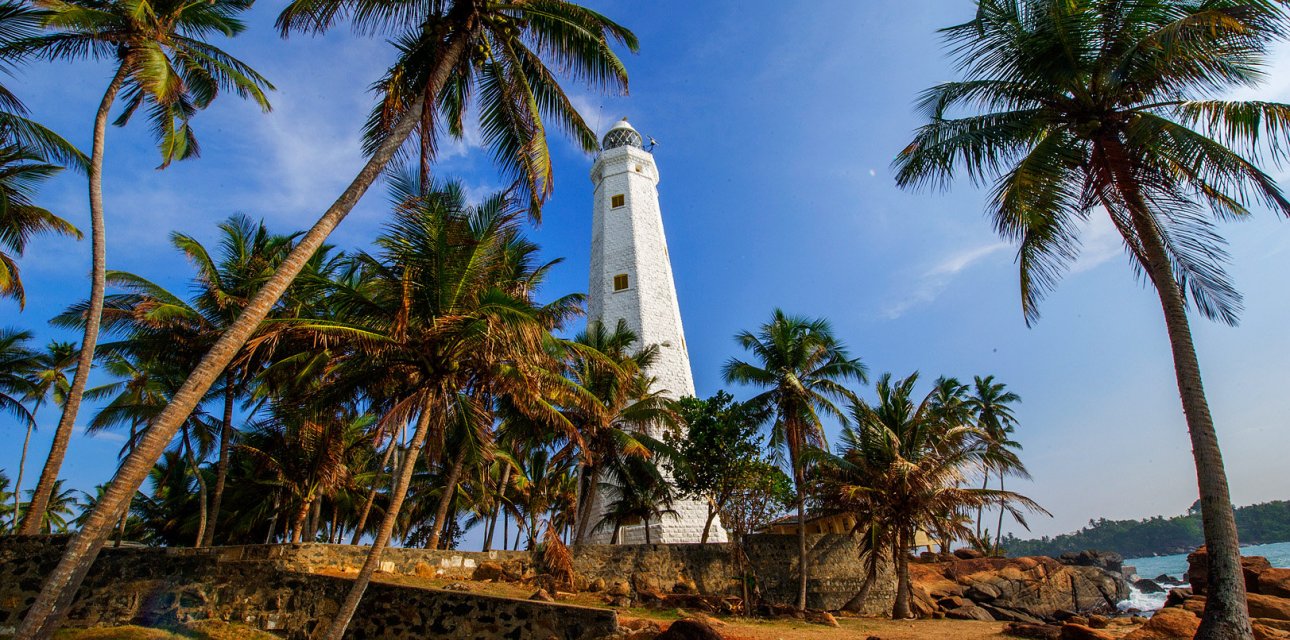1. Introduction
The Ramayana, one of the greatest epics in Hindu mythology, tells the story of Lord Rama’s quest to rescue Sita from the demon king Ravana. Sri Lanka plays a central role in this tale, being the stage for pivotal events such as Sita’s captivity, Hanuman’s heroic deeds, and the final battle between Lord Rama and Ravana.
For devotees, history lovers, and travelers, Sri Lanka offers an extraordinary opportunity to experience these stories through its Ramayana-related sites. These locations not only showcase the rich mythology of the epic but also highlight Sri Lanka’s stunning natural beauty and cultural heritage.
Let’s explore the 13 must-visit places tied to the Ramayana that will captivate your mind and soul.
3. Seetha Amman Temple, Nuwara Eliya
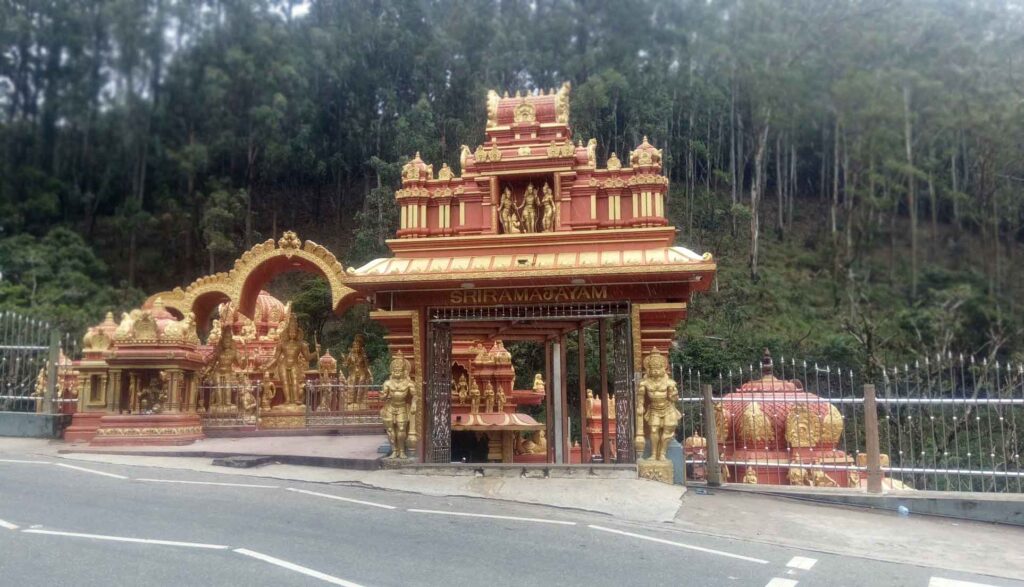
Located in the picturesque town of Nuwara Eliya, the Seetha Amman Temple is deeply connected to Sita’s time in captivity at Ashok Vatika. The temple is dedicated to Goddess Sita and features idols of Sita, Rama, Lakshmana, and Hanuman.
Key Highlights:
- Sacred Footprints: Near the temple are footprints believed to be those of Lord Hanuman, left during his visit to deliver Rama’s message to Sita.
- Spiritual Atmosphere: Devotees come here to offer prayers and feel a connection to the divine.
- Scenic Beauty: Surrounded by lush greenery and rolling hills, the temple offers a peaceful and picturesque setting.
4. Ravana Falls, Ella
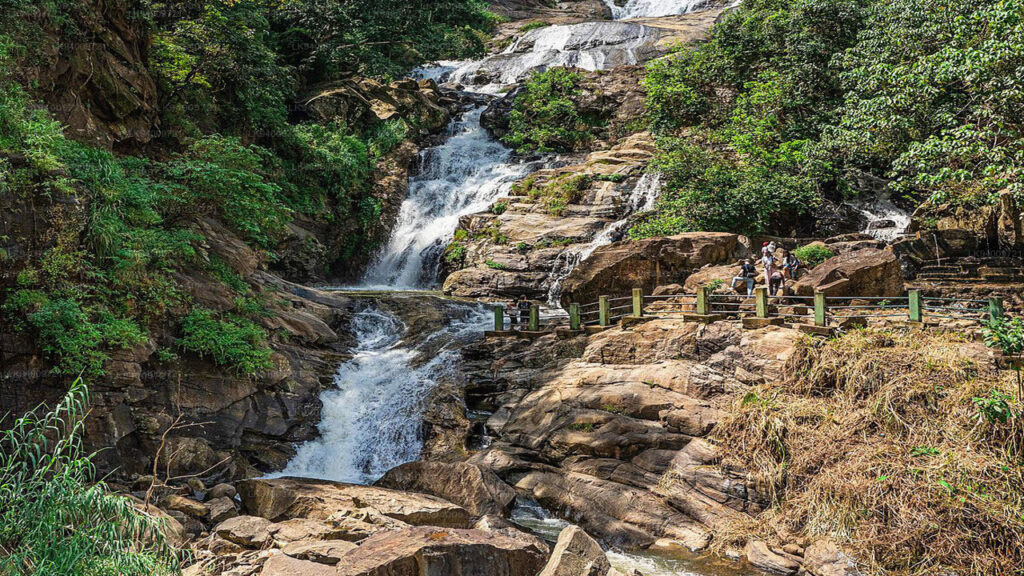
One of the most iconic waterfalls in Sri Lanka, Ravana Falls is steeped in legend. It is believed that Ravana hid Sita in a cave behind this majestic cascade, making it a significant site in the Ramayana trail.
Key Highlights:
- Mythology Meets Nature: The falls are not only a part of the Ramayana but also a breathtaking natural wonder.
- Caves and Adventure: Visitors can explore the nearby caves associated with Ravana’s secret hideouts.
- Perfect for Photography: The falls, especially during the rainy season, are a photographer’s paradise.
5. Ashok Vatika, Hakgala Botanical Garden
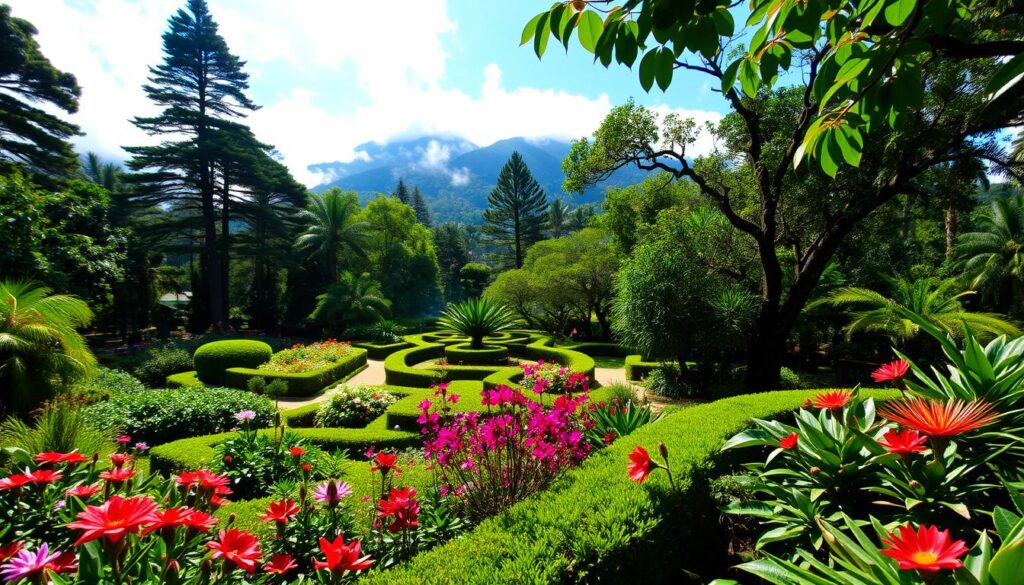
This lush garden, now part of the Hakgala Botanical Garden, is said to be the place where Sita was held captive by Ravana. It is one of the most significant sites in the Ramayana.
Key Highlights:
- Historical Significance: The garden is believed to have been part of Ravana’s kingdom and served as Sita’s place of imprisonment.
- Floral Beauty: The botanical garden is home to a diverse array of flora, including rare orchids and exotic plants.
- Landmarks: A small stream within the garden is thought to be where Sita bathed during her captivity.
6. Divurumpola, Nuwara Eliya

Divurumpola is revered as the site where Sita underwent the Agni Pariksha (test of fire) to prove her purity after being rescued by Lord Rama.
Key Highlights:
- Historical and Spiritual Significance: This site is of great importance to Ramayana devotees and attracts pilgrims from around the world.
- Peaceful Setting: The serene surroundings make it an ideal spot for reflection and prayer.
- Cultural Rituals: The site is often used for swearing oaths, continuing a tradition that dates back centuries.
7. Ravana Cave and Tunnel Network, Ella
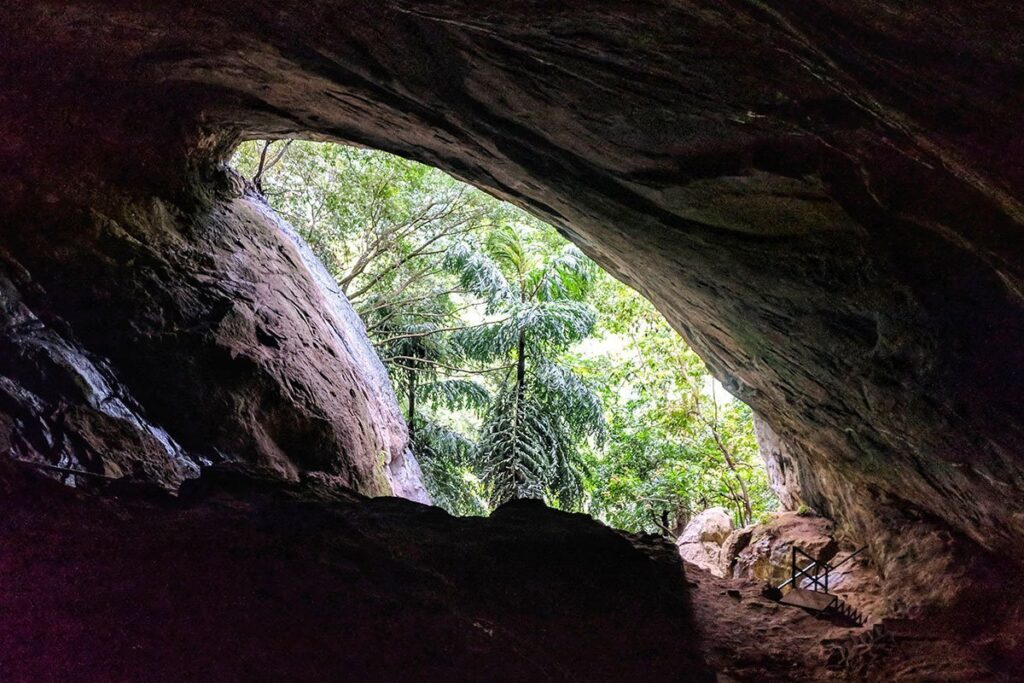
Ella is home to several caves and tunnels that are believed to be part of the secret passageways Ravana used during the Ramayana. These tunnels are said to connect to various parts of his kingdom.
Key Highlights:
- Exploration and Adventure: Visitors can explore the cave system, which offers a thrilling experience for history enthusiasts.
- Legendary Stories: These tunnels are said to have been used to transport Sita in secret, showcasing Ravana’s strategic genius.
- Scenic Surroundings: Located amidst Ella’s stunning landscapes, the area is perfect for nature lovers.
8. Ussangoda, Hambantota
The barren land at Ussangoda is believed to have been scorched by the fire set by Lord Hanuman during his search for Sita. The unique reddish-brown soil and lack of vegetation make it a fascinating geological and mythological site.
Key Highlights:
- Geological Uniqueness: The soil here is unlike any other in Sri Lanka, adding to the site’s intrigue.
- Cultural Significance: The area holds deep meaning for devotees of the Ramayana.
- Breathtaking Views: The coastal cliffs offer panoramic views of the Indian Ocean.
9. Munneswaram Temple, Chilaw
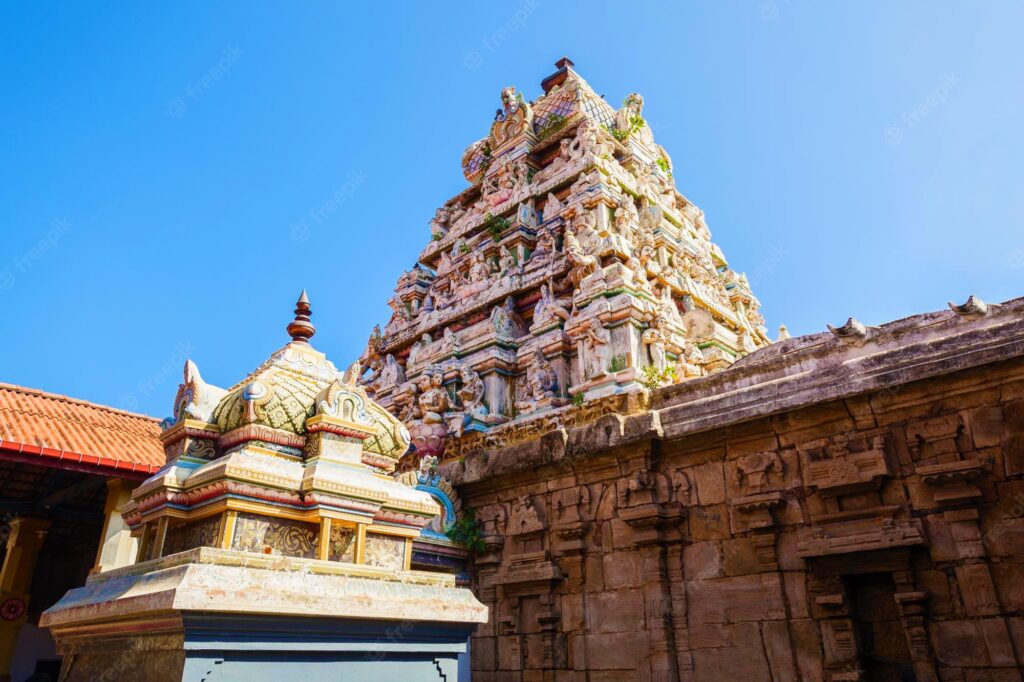
This ancient temple is where Lord Rama prayed to Lord Shiva after his victory over Ravana to seek forgiveness for taking a life.
Key Highlights:
- Architectural Beauty: The temple features intricate carvings and traditional Hindu temple design.
- Spiritual Experience: It’s a must-visit for those seeking divine blessings.
- Festivals: The temple hosts vibrant Hindu festivals throughout the year.
10. Manavari Temple, Chilaw
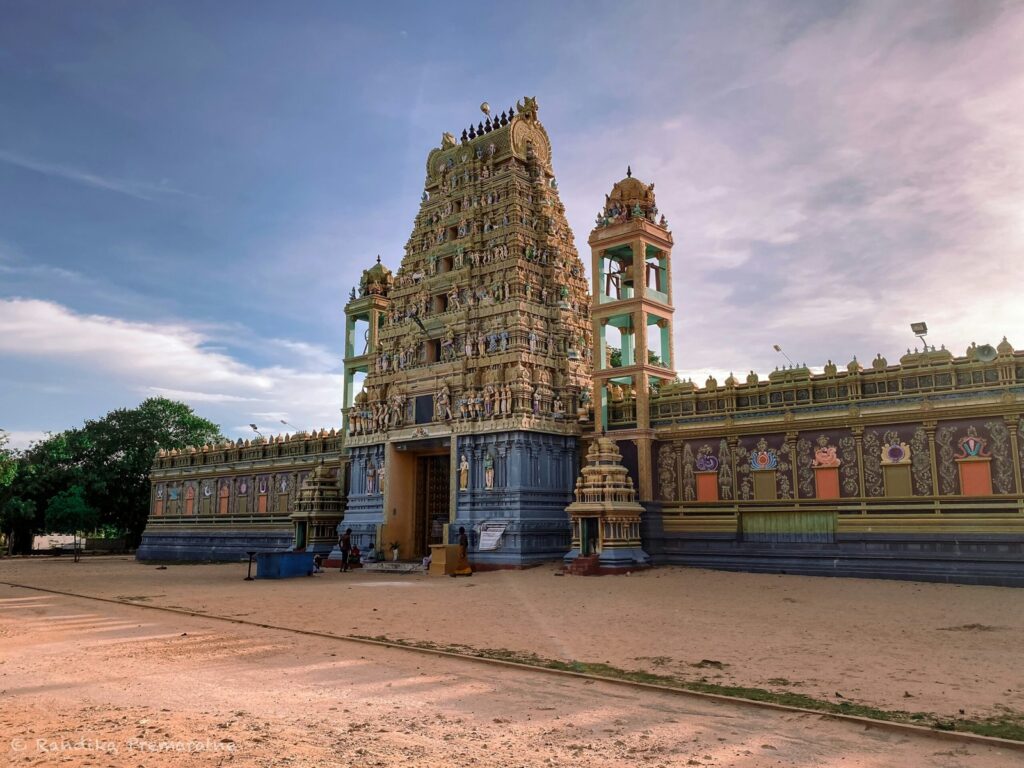
The Manavari Temple is where Lord Rama installed the first Shiva Lingam in Sri Lanka as part of his penance.
Key Highlights:
- Religious Importance: Pilgrims often visit this site to perform rituals and offer prayers.
- Tranquil Atmosphere: The peaceful surroundings add to the spiritual experience.
- Historical Relevance: It is one of the most significant stops on the Ramayana trail.
11. Ritigala Mountain
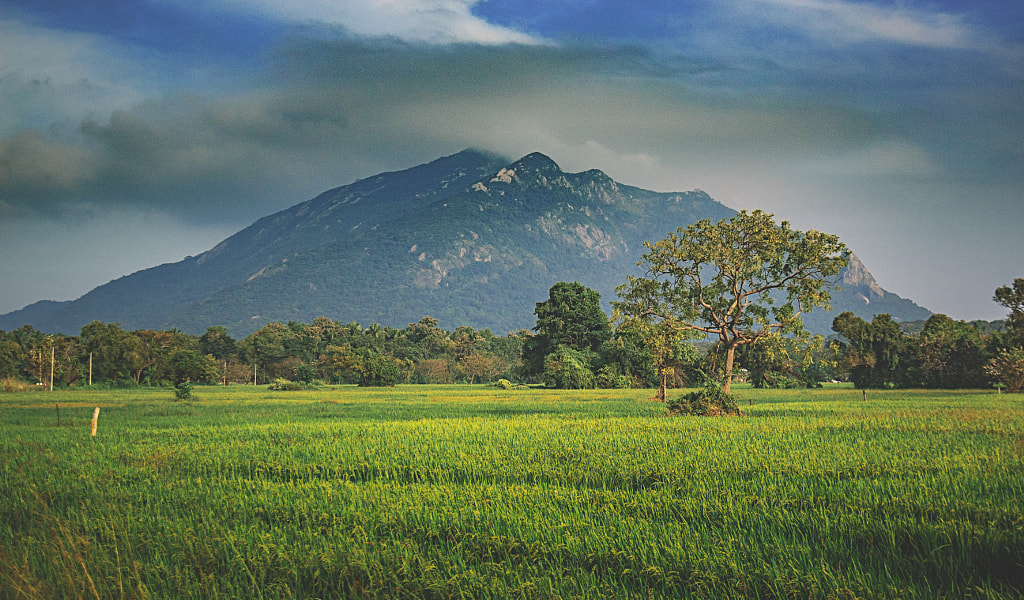
This mystical mountain is associated with the Dronagiri Mountain that Hanuman carried to Lanka to save Lakshmana.
Key Highlights:
- Biodiversity: Ritigala is home to rare plants and wildlife, some of which are believed to have medicinal properties.
- Archaeological Significance: The mountain also houses ancient ruins, adding to its allure.
- Spiritual Vibes: Many consider the mountain to have a calming and divine energy.
12. Trincomalee Koneswaram Temple
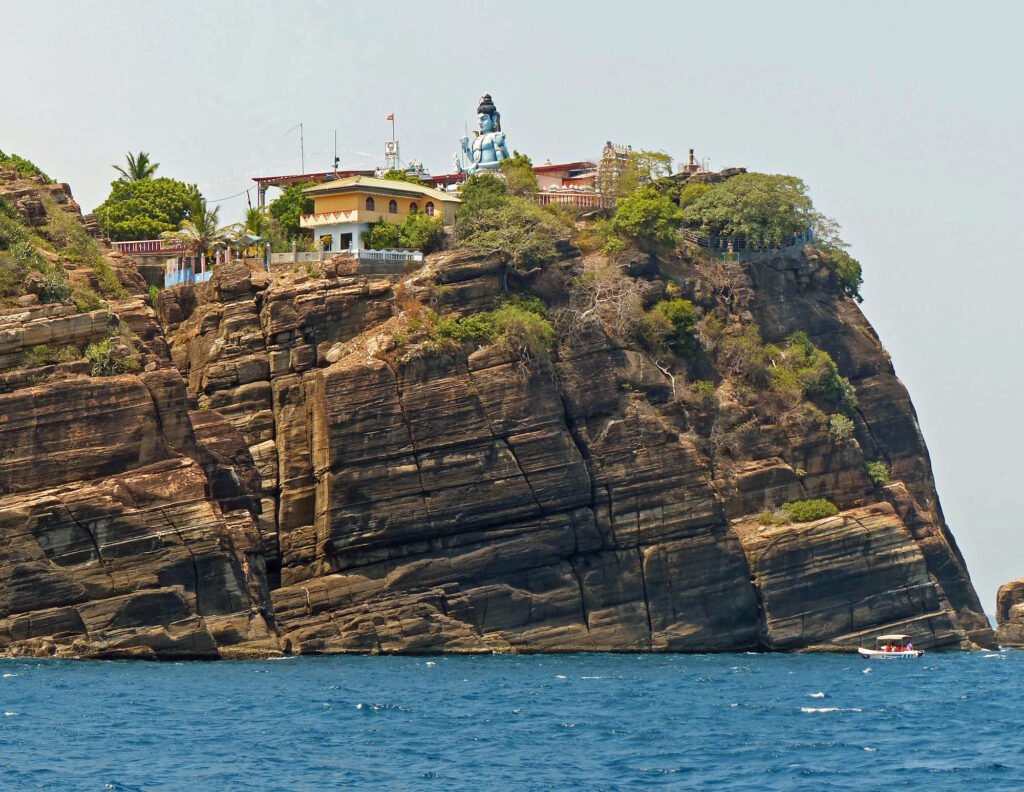
Perched on a cliff overlooking the sea, the Koneswaram Temple is dedicated to Lord Shiva and is linked to both Lord Rama and Ravana.
Key Highlights:
- Stunning Location: The temple offers breathtaking views of Trincomalee’s coastline.
- Historical Significance: One of the oldest Hindu temples in Sri Lanka, it’s steeped in myth and legend.
- Cultural Experience: Visitors can participate in daily rituals and festivals.
13. Thiru Ketheeswaram Temple, Mannar
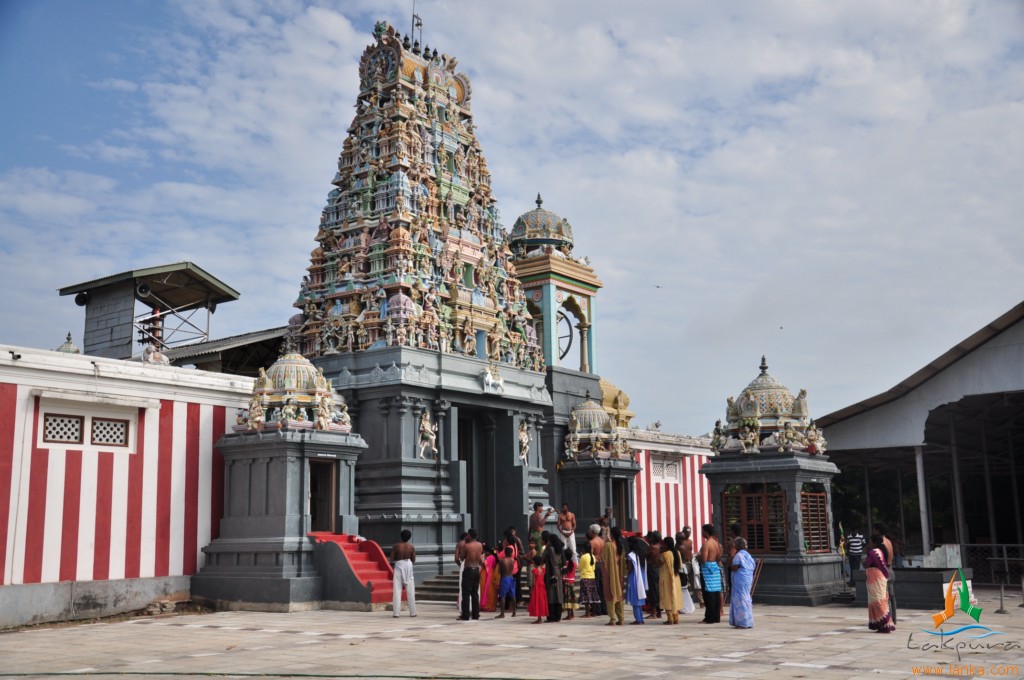
This ancient temple is one of the five Ishwarams in Sri Lanka and is linked to several events in the Ramayana.
Key Highlights:
- Spiritual Significance: The temple is a major pilgrimage site for Hindus.
- Architectural Grandeur: Its beautifully restored structure is a testament to its historical importance.
- Mythical Connections: The temple has deep ties to Ravana and Lord Rama’s journey.
Image Placeholder: Thiru Ketheeswaram Temple, Mannar
14. Adam’s Bridge (Rama’s Bridge), Palk Strait
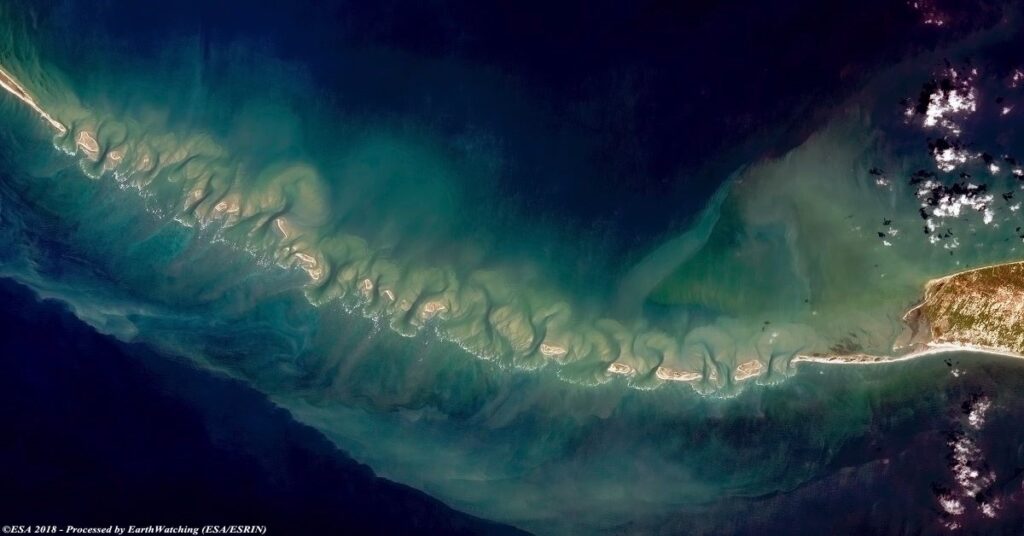
The Adam’s Bridge, or Rama’s Bridge, is believed to have been constructed by Lord Rama’s Vanara army to cross into Lanka.
Key Highlights:
- Geological Marvel: The series of limestone shoals stretches between India and Sri Lanka.
- Mythical Importance: A physical testament to the legendary Ramayana story.
- Scenic Beauty: The area offers serene views of the sea.
Image Placeholder: Adam’s Bridge
15. Dondra Head, Southern Coast
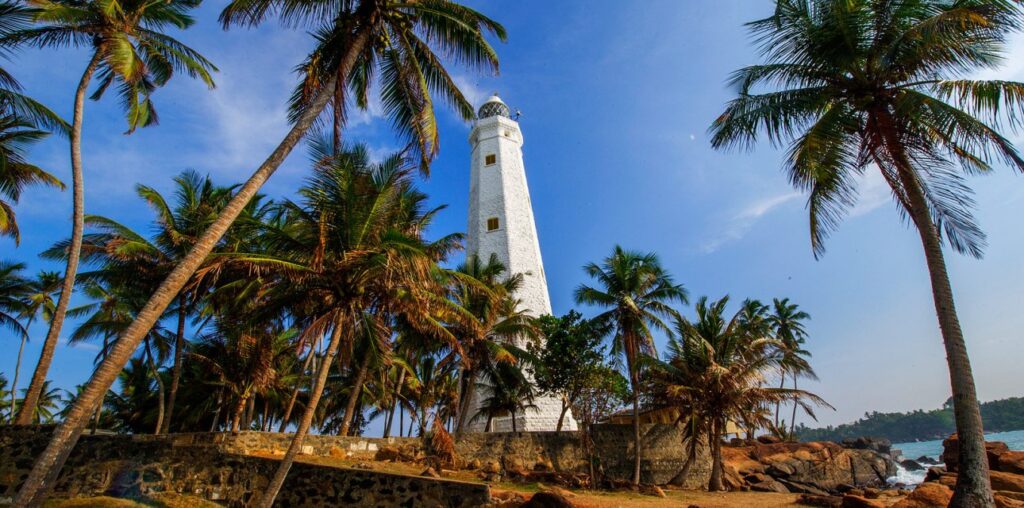
This southernmost point of Sri Lanka is believed to have been part of Ravana’s kingdom and the site of several battles.
Key Highlights:
- Historical Traces: Ruins and artifacts in the area hint at its ancient past.
- Cultural Legends: The local folklore is rich with stories of Ravana’s rule.
- Stunning Coastline: The natural beauty of the southern coast is unmatched.
Image Placeholder: Dondra Head
16. Conclusion
Embarking on the Ramayana trail in Sri Lanka is a journey into the heart of mythology, history, and spirituality. Each of these 13 must-visit sites offers a unique story, blending the timeless epic with the natural beauty of Sri Lanka.
Book your trip with Coastline Lanka Travels to explore these legendary locations and uncover the magic of the Ramayana.
